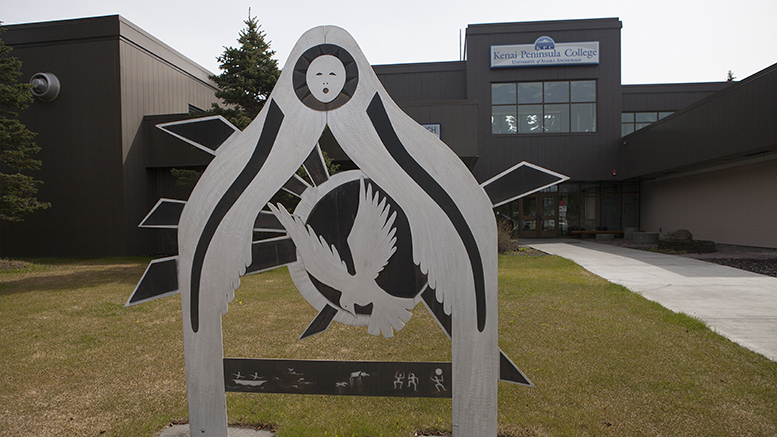The University of Alaska (UA) system and Alaska Gov. Michael Dunleavy have reached an agreement to cut state higher education funding at a lesser, but still burdensome, level than the governor previously planned.
Dunleavy had announced in June plans to reduce state funding by $140 million over one year, which would have devastated the system’s two-year programs and state universities.
The new budget agreement, signed this week by Dunleavy and UA board of regents chair John Davies, calls for a $70 million cut to the system over three years. That includes $25 million less for the current fiscal year, a $25 million reduction in state funds in fiscal year (FY) 21 and a $20 million cut in FY 22.
“A $70 million reduction, even over three years, is a serious reduction,” said UA President Jim Johnsen. “It will require careful review and streamlining of the administrative structure, academic programs and services to ensure that resources are focused on student access and achievement.”
That means campuses and programs could still be eliminated or consolidated. But by spreading out the cuts over the three years, “the required restructuring can be done more methodically, with less impact on students,” Johnsen said.
Sigh of relief, but…
While university officials welcome the smaller funding cut and stepped-down approach, Johnsen told the Anchorage Daily News that the system had already been damaged, and that the announcement of a huge reduction in funds was making it harder to recruit students and faculty. The agreement came just two weeks before the start of the fall semester and more than a month after the start of the fiscal year.
“We’re anticipating the uncertainty will have an impact on enrollment,” said UA spokesperson Roberta Graham, but higher education officials won’t know the extent of the effects until October.
In Alaska, it’s up to the state legislature to appropriate funds, but the governor can veto a budget that includes more funding than specified in the agreement.
Effects on community campuses
The budget agreement does include some positive language on “community campuses.” In Alaska, associate degree-granting community and technical colleges are considered part of the UA system and are known as community campuses.
The agreement calls for the university system to report its progress to the governor and legislature toward achieving several strategic goals by December 4, including “strengthening the role of community campuses.”
What that means is still uncertain, Graham said, adding that “the role of community campuses is integral to the university structure.”
Other strategic goals listed in the agreement include reducing operating costs and administrative overhead, structural consolidation and single accreditation. Academic leaders will meet next week to discuss consolidating campuses and programs, among other things, Graham said.
In addition, the agreement calls for the governor to commit to several goals, including support for “expanded dual-enrollment of college-ready high school students.”

